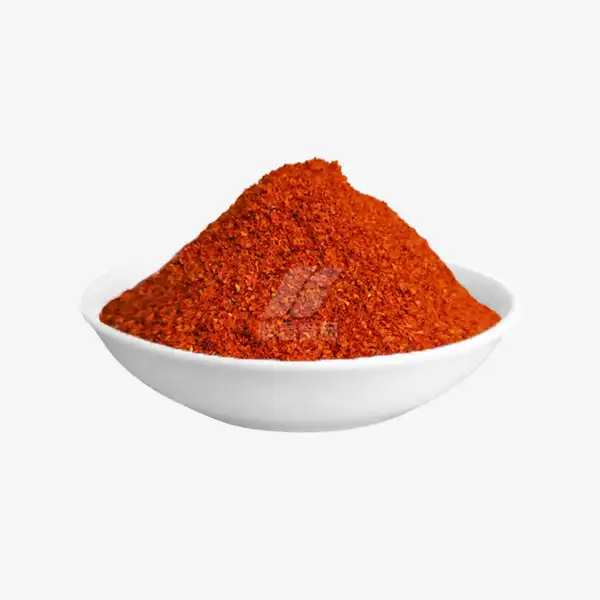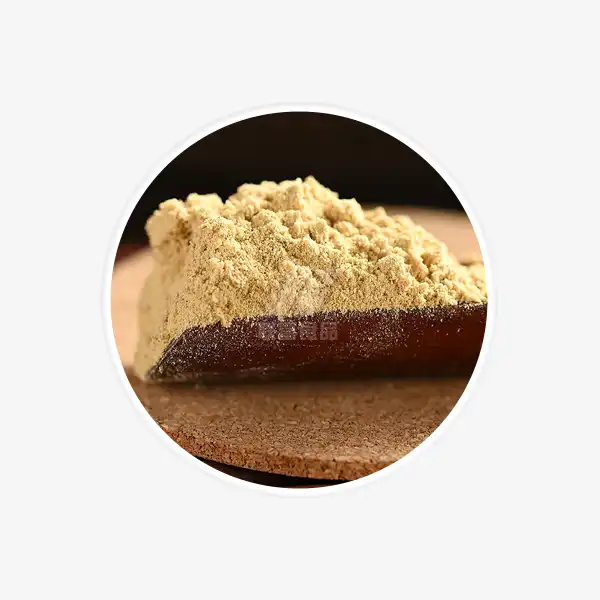Dehydrating Beets at Home: Tips and Tricks
Dehydrating beets for powder at home is an excellent way to preserve this nutritious root vegetable and create a versatile ingredient for your kitchen. Whether you're looking to make beetroot powder or simply store beets for later use, proper dehydration techniques are crucial. In this comprehensive guide, we'll explore the essential tools, common mistakes to avoid, and expert tips for achieving perfect beet powder every time.
Essential Tools for Dehydrating Beets Properly
To ensure successful beet dehydration, you'll need a few key tools:
- Food Dehydrator: A high-quality food dehydrator is essential for the beet dehydration process. Look for models that feature adjustable temperature settings and multiple trays to ensure even drying and maximum efficiency. These features help in achieving the best results, allowing you to dehydrate large batches of beets evenly and effectively.
- Sharp Knife or Mandoline Slicer: Consistent slicing is crucial for uniform dehydration. A sharp knife can work, but a mandoline slicer is ideal for achieving even thickness across all beet slices. This uniformity ensures that all pieces dry at the same rate, avoiding over-drying or under-drying.
- Cutting Board: Opt for a sturdy, non-porous cutting board to prevent staining from beet juice. A good cutting board also provides a stable surface for slicing the beets, making the process safer and more efficient.
- Vegetable Peeler: While peeling beets is optional, a good vegetable peeler can make the task easier. If you prefer to remove the skins, a peeler helps you do so quickly and efficiently, ensuring a cleaner final product.
- Food Processor or Blender: After dehydrating your beets, a food processor or blender is necessary for grinding the dried slices into a fine powder. These appliances break down the beets into a smooth, consistent texture, perfect for use in recipes or as a supplement.
- Airtight Storage Containers: To preserve the quality of your dehydrated beets or beetroot powder, store them in airtight containers. Proper storage prevents moisture from re-entering and helps maintain the freshness and potency of the dehydrated product over time.
Investing in these tools will set you up for success in your beet dehydration endeavors.
Common Mistakes to Avoid When Dehydrating Beets
Even with the right tools, there are several pitfalls to be aware of when dehydrating beets for powder:
- Inconsistent Slice Thickness: Slicing beets unevenly can cause them to dry at different rates, resulting in inconsistent dehydration. For the best results, aim for slices that are approximately 1/8 to 1/4 inch thick. This ensures uniform drying and better consistency in texture.
- Overcrowding Dehydrator Trays: Proper air circulation is essential for even drying. Overcrowding the trays can prevent airflow, leading to unevenly dried beets. Be sure to leave enough space between slices, ensuring that the air can circulate freely around each piece.
- Neglecting to Rotate Trays: To achieve optimal dehydration, rotate your dehydrator trays periodically throughout the drying process. This helps to ensure that all beet slices dry evenly, avoiding areas that may remain under-dried or over-dried.
- Incorrect Temperature Settings: Setting the dehydrator too high can cook the beets, rather than properly drying them. For the best results, set the temperature between 125°F and 135°F (52°C to 57°C). This range allows the beets to dehydrate without losing flavor or nutrients.
- Insufficient Drying Time: Beets contain a high amount of moisture, so it's important to dry them thoroughly. If they’re not fully dried before storage, excess moisture can lead to mold growth. Always check that the beets are crisp and brittle before storing them.
- Improper Storage: Once dehydrated, beets should be stored in airtight containers in a cool, dark place. This helps preserve their quality and prevents any moisture from re-entering, which could cause spoilage or rehydration.
By avoiding these common mistakes, you'll be well on your way to producing high-quality dehydrating beets for powder.
How to Achieve Perfect Beet Powder Every Time?
Creating flawless beetroot powder requires attention to detail and a few expert tips:
1. Select Fresh, High-Quality Beets: Start with firm, unblemished beets for the best flavor and nutritional content.
2. Clean Thoroughly: Wash your beets meticulously to remove any dirt or debris that could affect the final product.
3. Pre-Treatment Options: Consider steaming or blanching your beets before dehydrating. This process can help retain color and nutrients while reducing drying time.
4. Slice Uniformly: Use a mandoline slicer or sharp knife to create consistently thin slices, ensuring even dehydration.
5. Arrange Properly: Place beet slices on dehydrator trays in a single layer, allowing space between each slice for air circulation.
6. Monitor Temperature: Set your dehydrator to 125°F-135°F (52°C-57°C) for optimal drying without compromising nutrients.
7. Check for Dryness: Beets are fully dehydrated when they're brittle and snap easily. This typically takes 8-12 hours, depending on slice thickness and humidity levels.
8. Cool Completely: Allow dehydrating beets for powder to cool to room temperature before grinding to prevent clumping.
9. Grind in Batches: Process small amounts of dehydrated beets at a time in your food processor or blender for the most consistent powder.
10. Sift if Necessary: For ultra-fine powder, sift the ground beets through a fine-mesh strainer and re-process any larger pieces.
11. Store Properly: Keep your beetroot powder in an airtight container in a cool, dark place to maintain its vibrant color and nutritional value.
By following these steps, you'll be able to create high-quality beetroot powder that can be used in a variety of culinary applications, from natural food coloring to nutritious smoothie additions.
Conclusion
Dehydrating beets for powder at home is a rewarding process that allows you to preserve the nutritional benefits and vibrant color of this superfood. With the right tools, techniques, and attention to detail, you can create perfect beetroot powder every time. Whether you're looking to add a nutritional boost to your recipes or create a natural food coloring, homemade beetroot powder is a versatile addition to any kitchen. For more information on dehydrated vegetables and other food preservation techniques, feel free to reach out to us at qingzhengliu@jslianfu.com.
References
1. Smith, J. (2022). The Complete Guide to Food Dehydration. Harvest Press.
2. Johnson, L. (2021). Beetroot: The Forgotten Superfood. Nutrition Today, 56(3), 145-152.
3. Brown, A. (2023). Home Food Preservation Techniques. Culinary Institute of America.
4. Davis, R. (2020). The Science of Food Dehydration. Journal of Food Science, 85(4), 1001-1010.
5. Wilson, E. (2022). Maximizing Nutrient Retention in Dehydrated Foods. Nutrition Research, 42(2), 78-85.

_1729843393550.webp)









